(NLDO) - At the laboratory of the Renaissance alchemist and astronomer Tycho Brahe, scientists discovered something "timeless".
According to Science Alert, a research team from the University of Southern Denmark and the National Museum of Denmark analyzed several pieces of glass and ceramics recovered from Tycho Brahe's laboratory, which showed that he was an alchemist.
Tycho Brahe (1546-1601) was a famous name in the field of astronomy and astrology during the Renaissance, considered the founder of observational astronomy before the telescope.
Now it is discovered that as an alchemist he made another world- changing discovery.
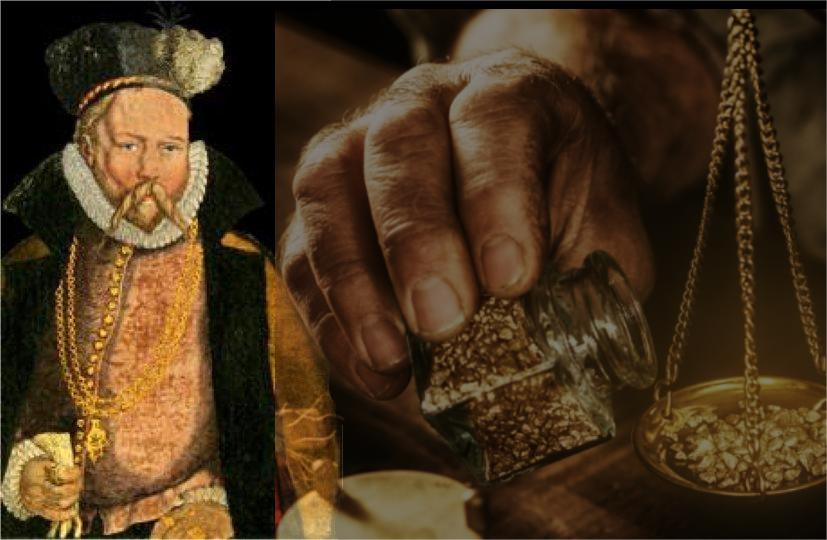
Astronomer-astrologer Tycho Brahe's laboratory suggests he was also an alchemist and may even have identified tungsten - File photo
On some fragments, scientists found enriched levels of several trace elements: nickel, copper, zinc, tin, antimony, tungsten, gold, mercury and lead.
This suggests that these elements, including gold and mercury, which were commonly used by alchemists to treat diseases, also appeared frequently in Brahe's experiments.
“What is most interesting is that the elements were found in higher concentrations than expected, suggesting enrichment and providing insight into the substances used in the lab,” said physicist and chemist Kaare Lund Rasmussen from the University of Southern Denmark.
Among them, there is one surprising one: Tungsten.
Tungsten is a super solid, with a very high melting point, very low vapor pressure, the highest tensile strength available, and excellent corrosion resistance.
It is used in many modern devices, from light bulb filaments to some parts of rockets.
However, mankind only identified this element in 1781.
So the shocking discovery from the lab that Tycho Brahe discovered it 200 years before the rest of the world really knew about it. What it was used for in a lab that was destroyed 200 years earlier is a huge mystery.
It may have been accidentally isolated from a mineral whose nature even Brahe did not understand.
Or perhaps he was building on the findings of the German mineralogist Georgius Agricola, who had earlier taken the first steps that would be applied centuries later to the identification of tungsten in tin ore.
"Perhaps Tycho Brahe heard about this and thus knew of the existence of tungsten," said Dr. Kaare Lund Rasmussen.
Whatever the reason, the discovery, recently published in Heritage Science, once again proves the greatness of Tycho Brahe, who devoted his life to unique experiments.
An earlier study of the alchemist's remains suggests that he himself may have used gold as a form of medicine.
Source: https://nld.com.vn/phat-hien-soc-tu-phong-thi-nghiem-cua-nha-gia-kim-the-ky-16-196240731110001092.htm




![[Photo] Binh Trieu 1 Bridge has been completed, raised by 1.1m, and will open to traffic at the end of November.](https://vphoto.vietnam.vn/thumb/1200x675/vietnam/resource/IMAGE/2025/10/2/a6549e2a3b5848a1ba76a1ded6141fae)








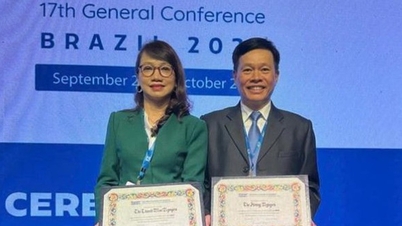
















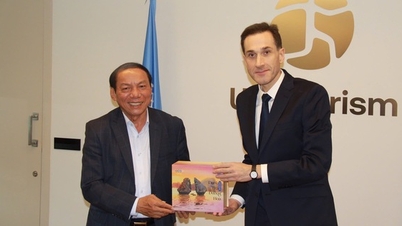

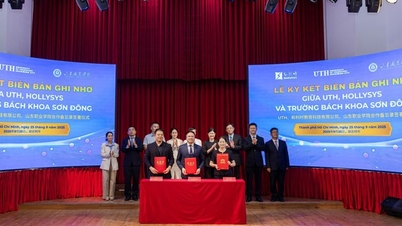



















































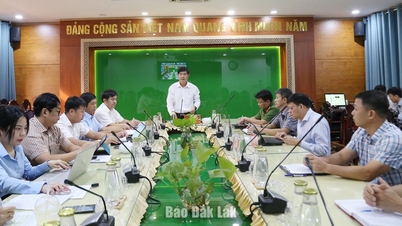

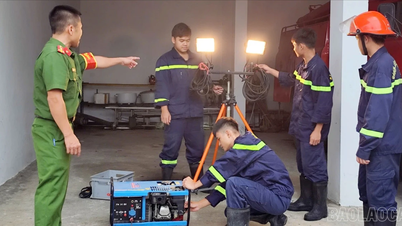













Comment (0)